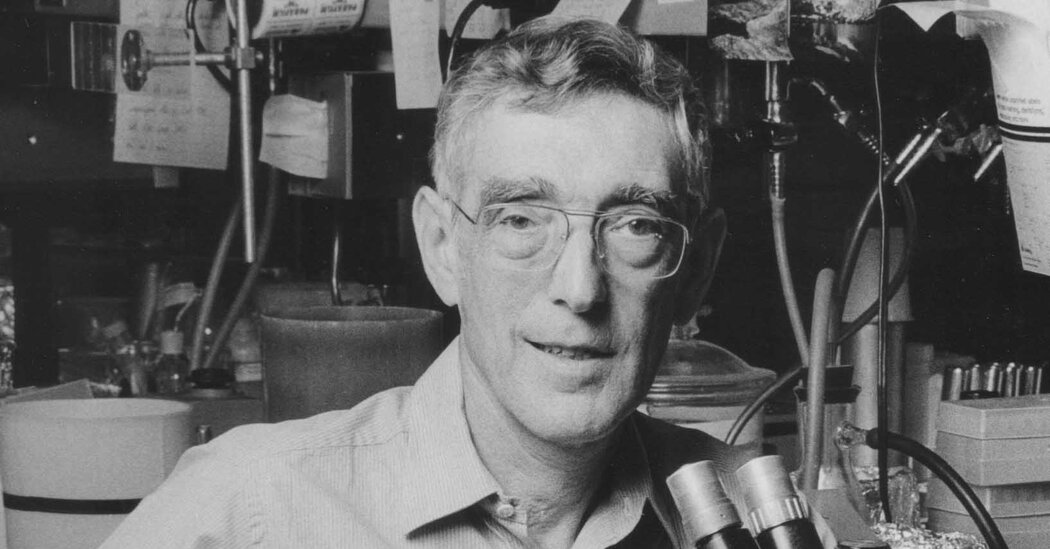The Ames Test offered a fast and inexpensive way to identify carcinogens, leading to the banning of chemicals linked to cancer and birth defects.
Bruce Nathan Ames, a biochemist who discovered a revolutionary method of detecting potential carcinogens, paving the way for the banning of many commonly used chemicals, died on Oct. 5 in Berkeley, Calif. He was 95.
His wife, Giovanna Ferro-Luzzi Ames, said his death, in a hospital, was from complications after a fall.
The so-called Ames Test, developed in the 1970s, is still used by drug manufacturers and pesticide companies to check the safety of their products. It involves exposing chemicals to a mutant strain of salmonella bacteria that Dr. Ames created; how the bacteria responds to a chemical makes it possible to determine whether that chemical caused DNA damage and therefore might lead to cancer in humans.
In an America increasingly concerned about the effects of pollution and industrial chemicals, the test offered a quick, inexpensive alternative to animal testing, which was so prohibitively expensive that regulators were able to test only a fraction of chemicals on the market.
“It changed the regulatory sphere,” said Angela Creager, a science historian at Princeton University who is writing a book about the Ames Test. “It showed that it was actually possible to get toxicity information on every chemical if we wanted to.”
After capturing the attention of the national press, Dr. Ames remained in the spotlight as he used the Ames Test to expose the toxicity of a number of commonplace chemicals.
